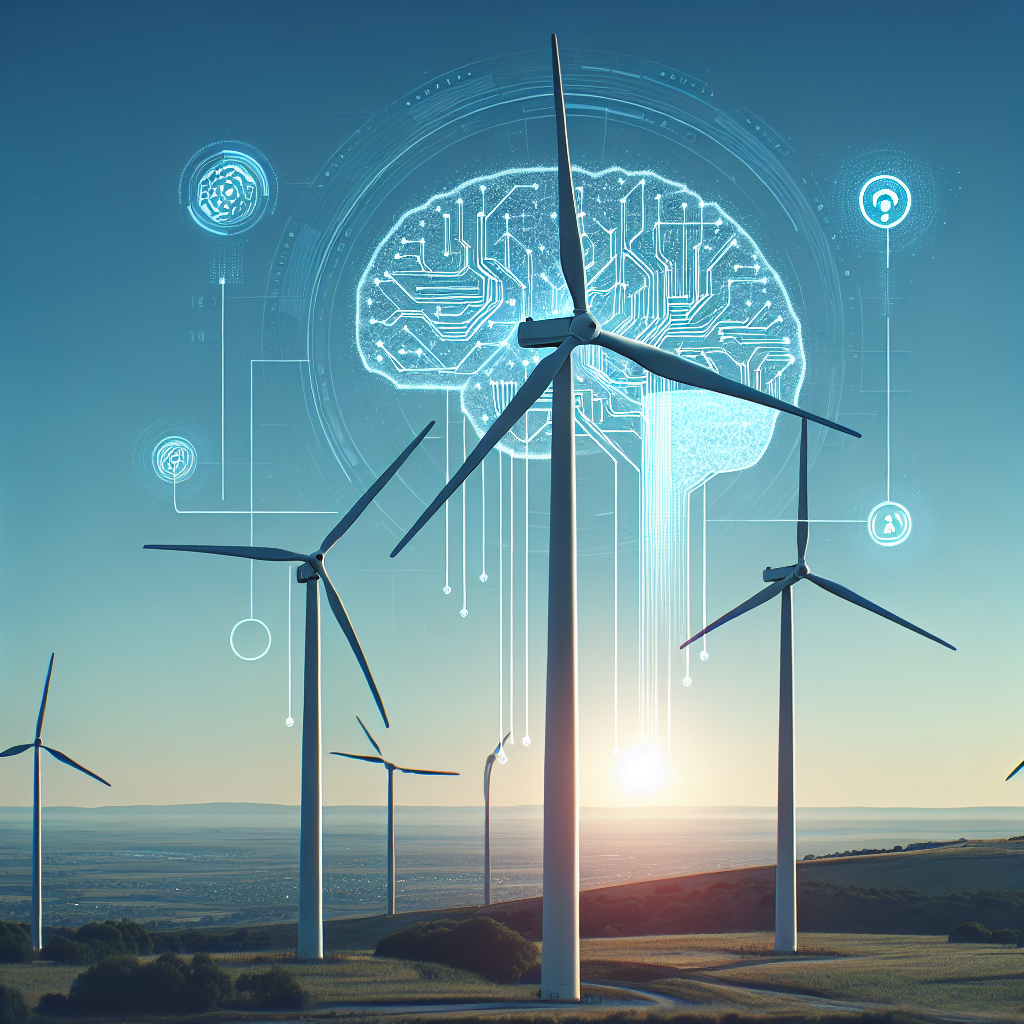Advantages of AI in Improving Efficiency of Wind Turbines
Wind energy is becoming an increasingly important source of renewable energy as the world seeks to reduce its reliance on fossil fuels and combat climate change. Wind turbines are a key technology for harnessing wind energy, but they can be inefficient if not properly optimized. This is where artificial intelligence (AI) comes in, offering a range of advantages in improving the efficiency of wind turbines.
1. Predictive Maintenance
One of the key advantages of AI in improving the efficiency of wind turbines is its ability to enable predictive maintenance. By analyzing data from sensors on the wind turbines, AI algorithms can predict when components are likely to fail and schedule maintenance before a breakdown occurs. This can prevent costly downtime and extend the lifespan of the turbines.
2. Optimization of Wind Turbine Control
AI can also be used to optimize the control of wind turbines, adjusting parameters such as blade pitch and yaw angle in real time to maximize energy output. This can help to increase the efficiency of the turbines and ensure they are operating at their full potential.
3. Performance Monitoring
AI can be used to monitor the performance of wind turbines in real time, identifying any issues that may be affecting their efficiency. This can help operators to quickly diagnose and address problems, minimizing downtime and maximizing energy output.
4. Energy Forecasting
AI can also be used to forecast energy production from wind turbines, taking into account factors such as weather conditions and turbine performance. This can help operators to better plan for fluctuations in energy production and optimize their use of wind energy.
5. Reduced Operating Costs
By improving the efficiency of wind turbines, AI can help to reduce operating costs for wind farm operators. Predictive maintenance can prevent costly breakdowns, optimization of turbine control can increase energy output, and performance monitoring can identify areas for improvement. All of these factors can contribute to a more cost-effective operation.
6. Environmental Benefits
In addition to the economic advantages, AI can also help to reduce the environmental impact of wind turbines. By improving their efficiency, AI can increase the amount of clean, renewable energy generated by wind turbines, reducing the need for fossil fuels and lowering greenhouse gas emissions.
FAQs
Q: How does AI improve the efficiency of wind turbines?
A: AI can improve the efficiency of wind turbines in a number of ways, including enabling predictive maintenance, optimizing control parameters, monitoring performance in real time, forecasting energy production, reducing operating costs, and minimizing environmental impact.
Q: What data is used by AI algorithms to optimize wind turbine performance?
A: AI algorithms can analyze data from sensors on the wind turbines, as well as external factors such as weather conditions and energy demand. This data is used to optimize parameters such as blade pitch, yaw angle, and turbine speed to maximize energy output.
Q: How can AI help to reduce the environmental impact of wind turbines?
A: By improving the efficiency of wind turbines, AI can increase the amount of clean, renewable energy generated, reducing the need for fossil fuels and lowering greenhouse gas emissions. This can help to combat climate change and protect the environment.
In conclusion, AI offers a range of advantages in improving the efficiency of wind turbines, from predictive maintenance and optimization of control parameters to performance monitoring and energy forecasting. By harnessing the power of AI, wind farm operators can increase energy output, reduce operating costs, and minimize environmental impact, making wind energy an even more attractive option for a sustainable future.

